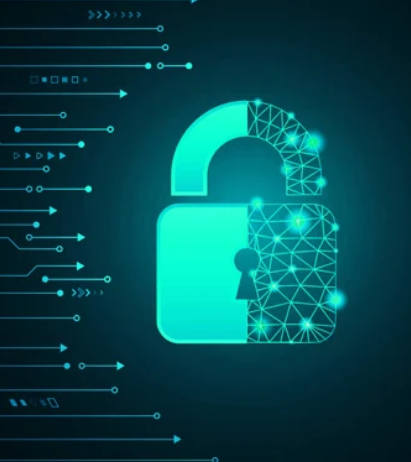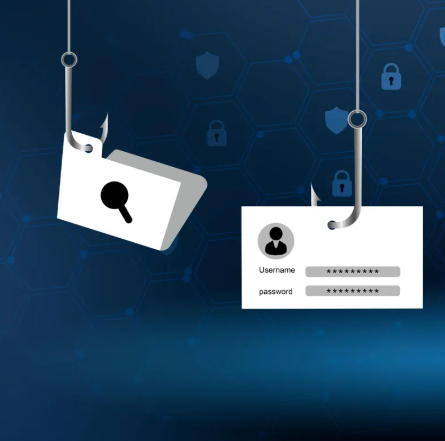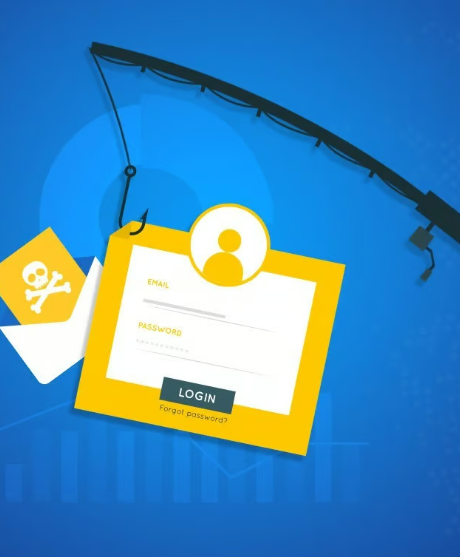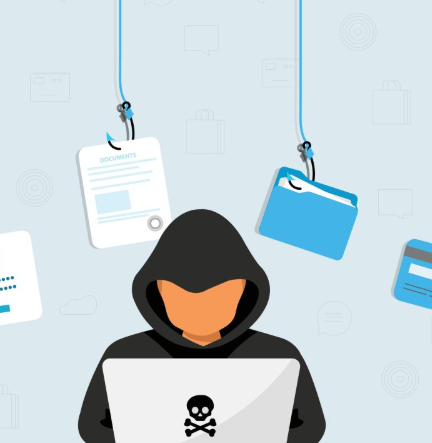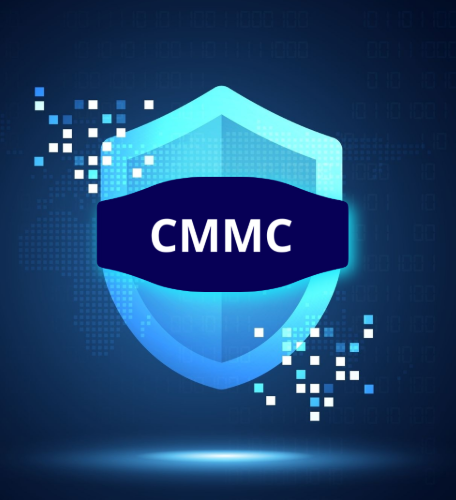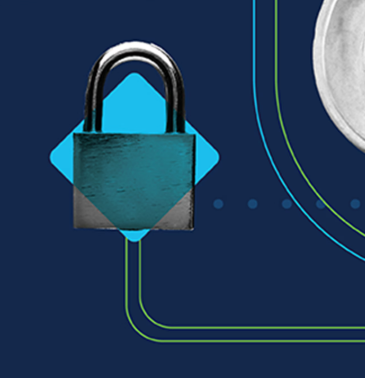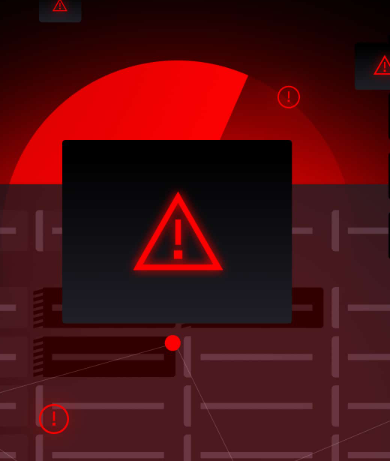
Phishing remains one of the most persistent threats to organizations, affecting businesses of all sizes. When a phishing attack is successful, the fallout can include stolen credentials, unauthorized access, malware infections, and data breaches. However, with a well-prepared recovery plan, businesses can recover swiftly without major disruptions to operations. Recovery isn’t just about mitigating the immediate impact—it’s about restoring trust, maintaining business continuity, and strengthening defenses for the future.
The Immediate Effects of a Phishing Attack
When a phishing attack breaches your defenses, time is critical. The longer it takes to detect and address the issue, the greater the damage can be. From compromised accounts and exposed sensitive data to halted business operations and potential regulatory fines, the impact can escalate quickly. However, with the right preparation and tools in place, businesses can minimize the disruption and return to normal operations faster.
Did You Know?
Organizations that have a clear incident response plan in place save an average of $2.66 million more during a phishing-related breach compared to those without one.
A Step-by-Step Guide to Phishing Incident Recovery
1. Assess the Scope of the Attack
Start by determining which systems, accounts, or data have been affected. Review system logs for suspicious activity, such as unauthorized logins or file access. Use detection tools to understand how far the breach has spread.
2. Contain the Attack Quickly
Once you confirm a phishing attack, take immediate action by isolating infected systems, revoking compromised credentials, and disabling affected accounts. Blocking malicious IP addresses and domains can help prevent further exploitation.
3. Communicate with Internal Teams
Notify your IT department, legal team, HR, and executives. Clear communication across teams ensures coordinated action, speeds up the recovery process, and prevents misinformation from spreading internally.
4. Restore from Backup
If data is compromised or systems are damaged, restore operations using clean backups. Before redeploying backups, ensure they are free from malware to prevent reinfection.
5. Perform a Root Cause Analysis
Analyze how the phishing attempt bypassed your defenses and identify any exploited vulnerabilities. Understanding the root cause helps prevent similar attacks in the future and informs updates to your security policies.
Keeping Operations Running During Recovery
1. Use Cloud Services and Redundant Systems
Leverage cloud-based systems or redundant IT resources to keep operations running while affected systems are being restored. This minimizes downtime and helps maintain business continuity.
2. Apply Role-Based Access Control
Limit access based on specific job roles to reduce the number of users affected in case of a breach. This helps protect critical systems and facilitates a quicker recovery.
3. Segment Your Network
Segmenting your network helps contain the impact of a phishing attack. It prevents the spread of the attack across all systems and allows unaffected areas to continue functioning normally.
4. Use Automated Response Tools
Automating certain responses can expedite recovery efforts. Tools that isolate infected devices, reset compromised credentials, and scan for malware help maintain operational efficiency during the recovery process.
5. Keep Employees Informed Calmly
Communicate clearly and calmly with employees. Provide instructions such as avoiding suspicious emails and changing passwords. Transparent communication helps reduce confusion and keeps productivity levels up.
Post-Incident Actions to Strengthen Future Defenses
1. Update Security Protocols
Revise your security policies and incident response plans based on the lessons learned from the attack. Ensure access control procedures, email filtering settings, and escalation processes are well-defined and up to date.
2. Enhance Security Training
Use the phishing incident as a case study to reinforce security awareness training. Hold additional phishing simulations to improve employees’ ability to spot suspicious emails.
3. Invest in Better Detection Tools
Review and upgrade your threat detection tools, including those that use AI, behavioral analytics, and real-time threat intelligence. These advanced solutions can provide more accurate detection and quicker responses.
4. Conduct a Comprehensive Security Audit
After the incident, perform a thorough audit to identify hidden vulnerabilities or misconfigurations. Address any weaknesses to reduce the risk of future breaches.
5. Document the Incident and Recovery Steps
Create a detailed report of the phishing incident, including how it was handled and any changes made to your security posture. This documentation serves as a reference for future incidents and demonstrates your organization’s commitment to compliance with industry standards.
With a clear recovery plan and well-prioritized actions, businesses can quickly bounce back from phishing attacks while minimizing operational disruption. By learning from each incident, organizations can enhance their defenses and reduce the likelihood of future attacks.


